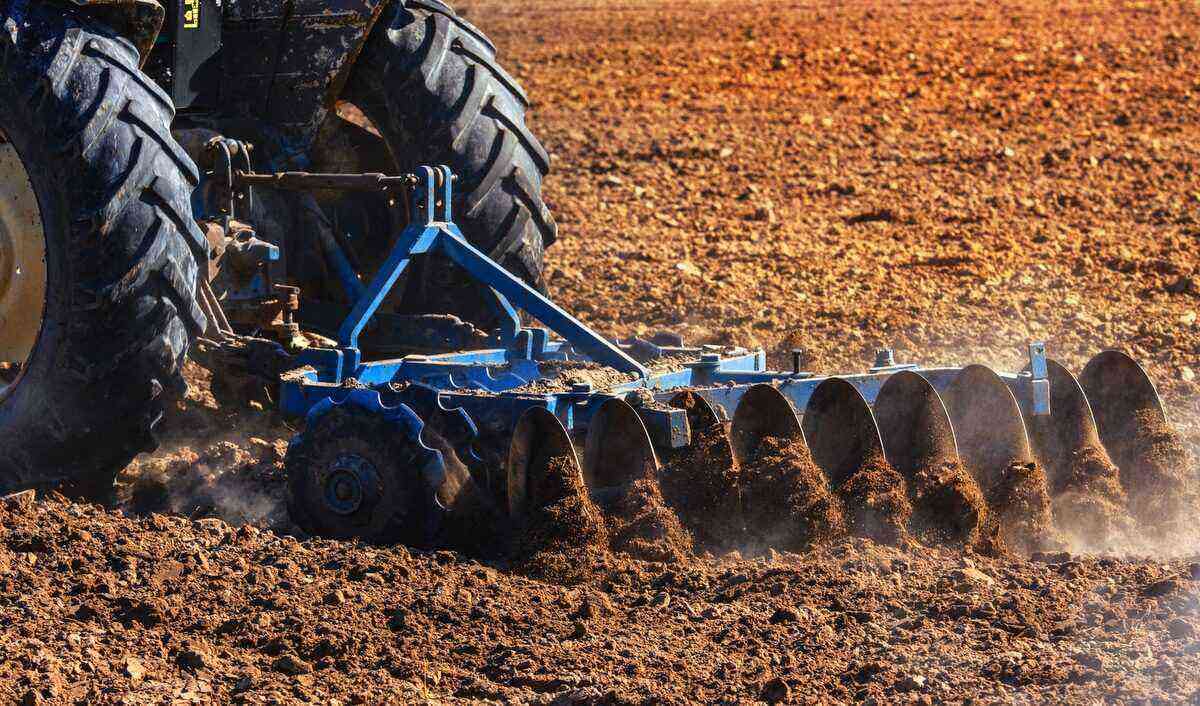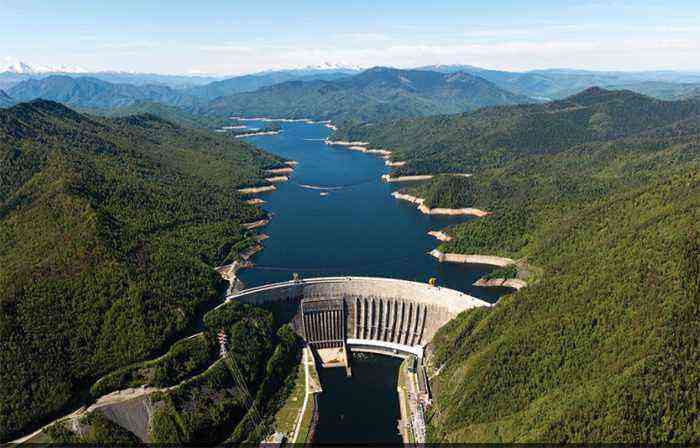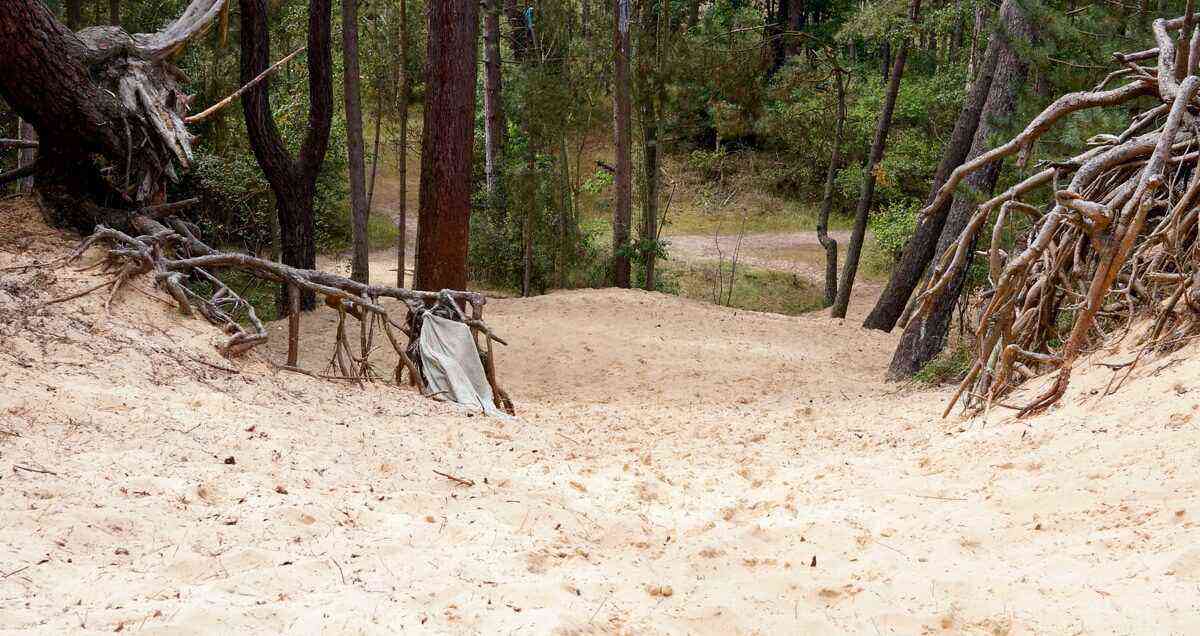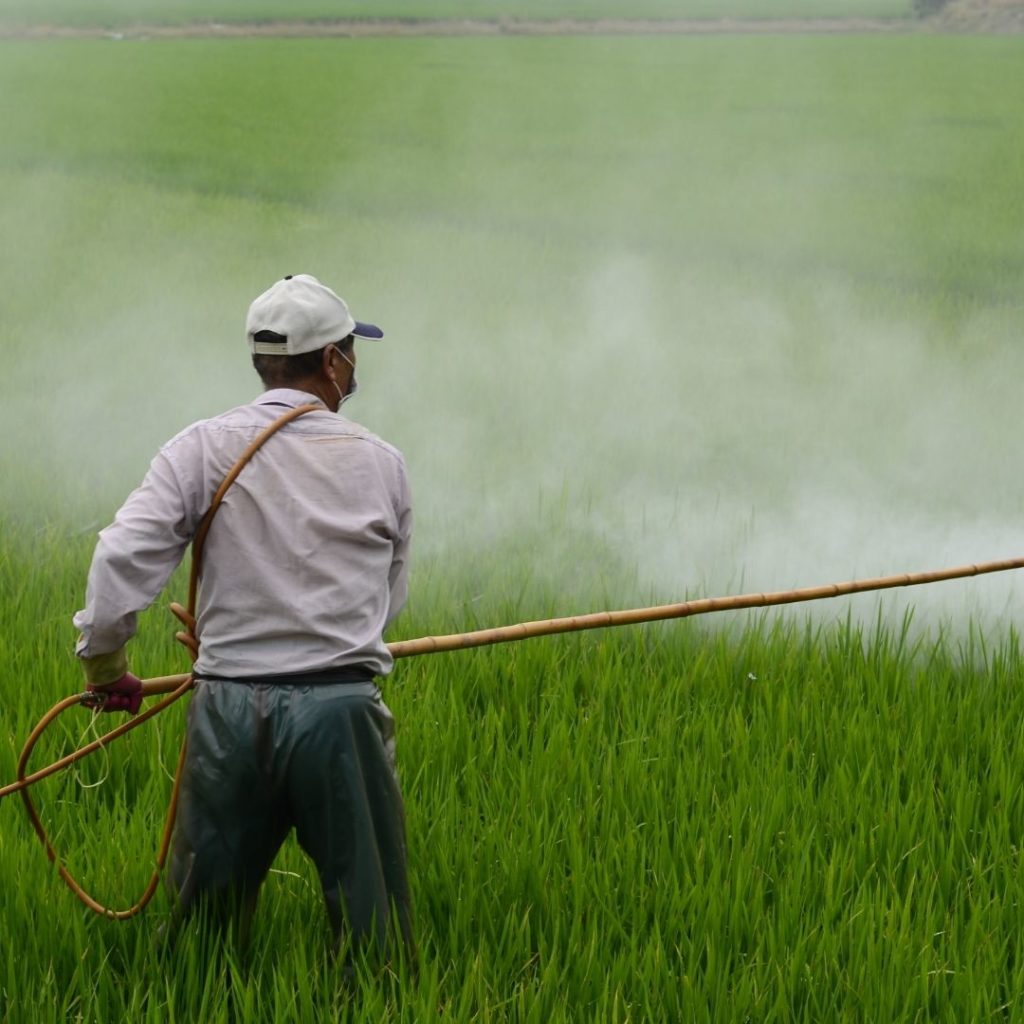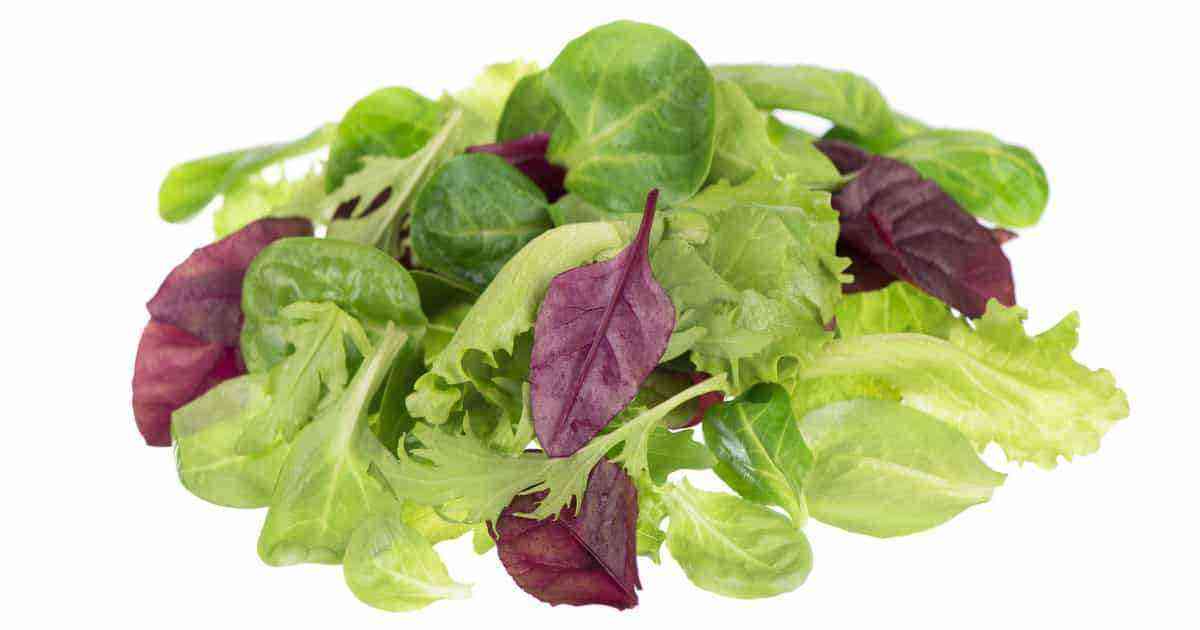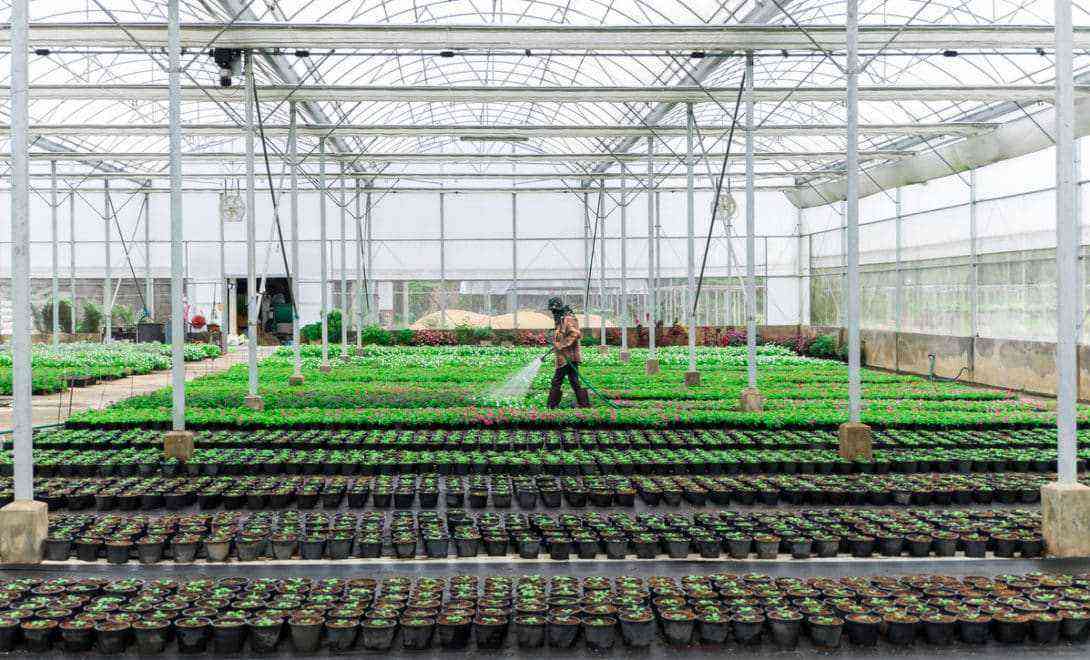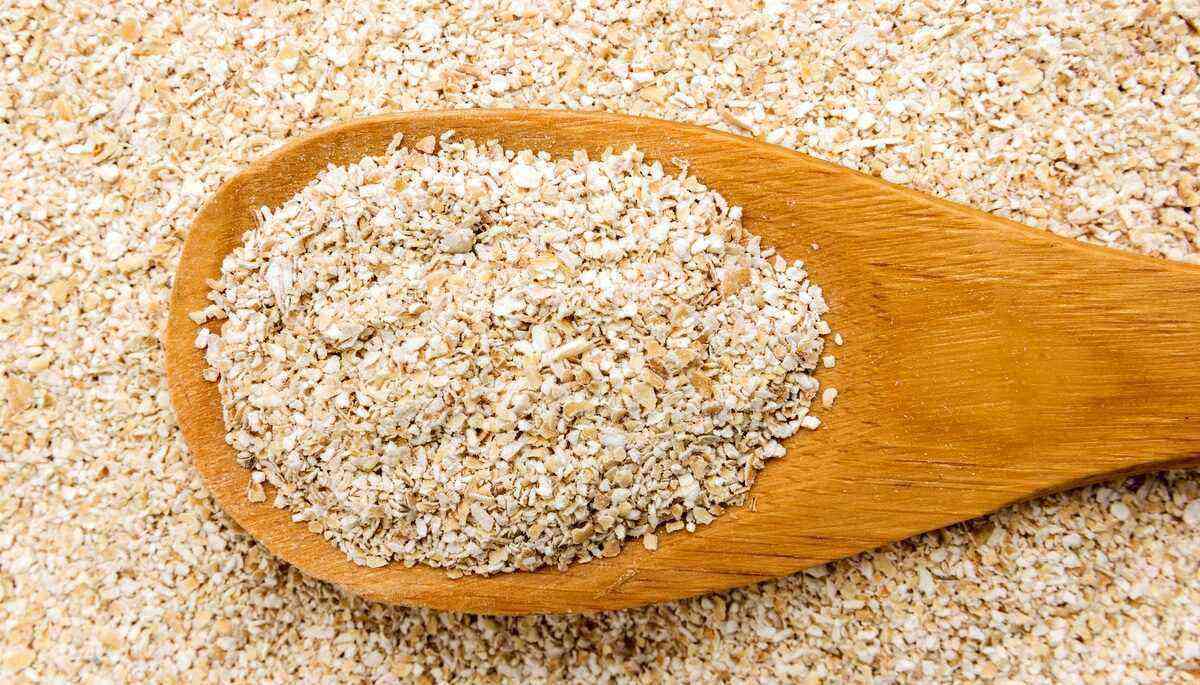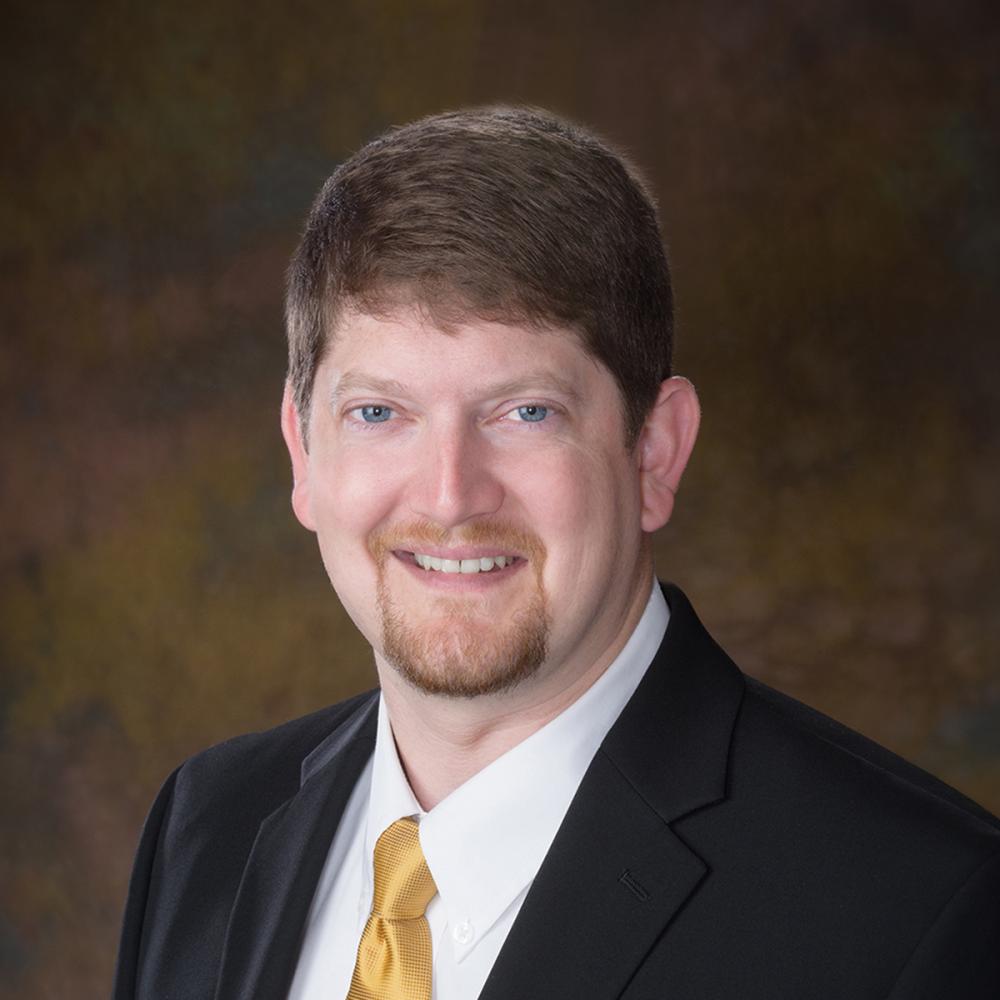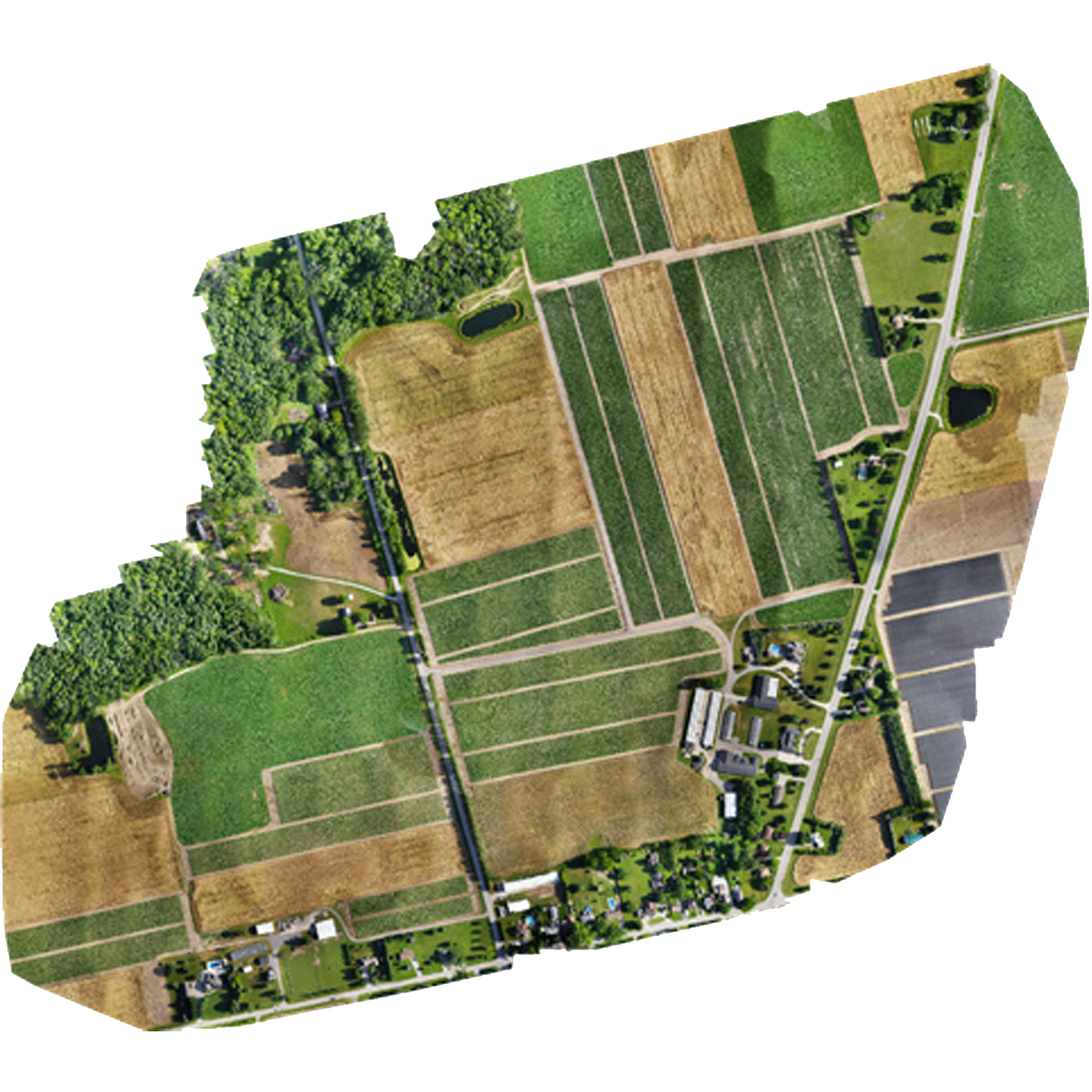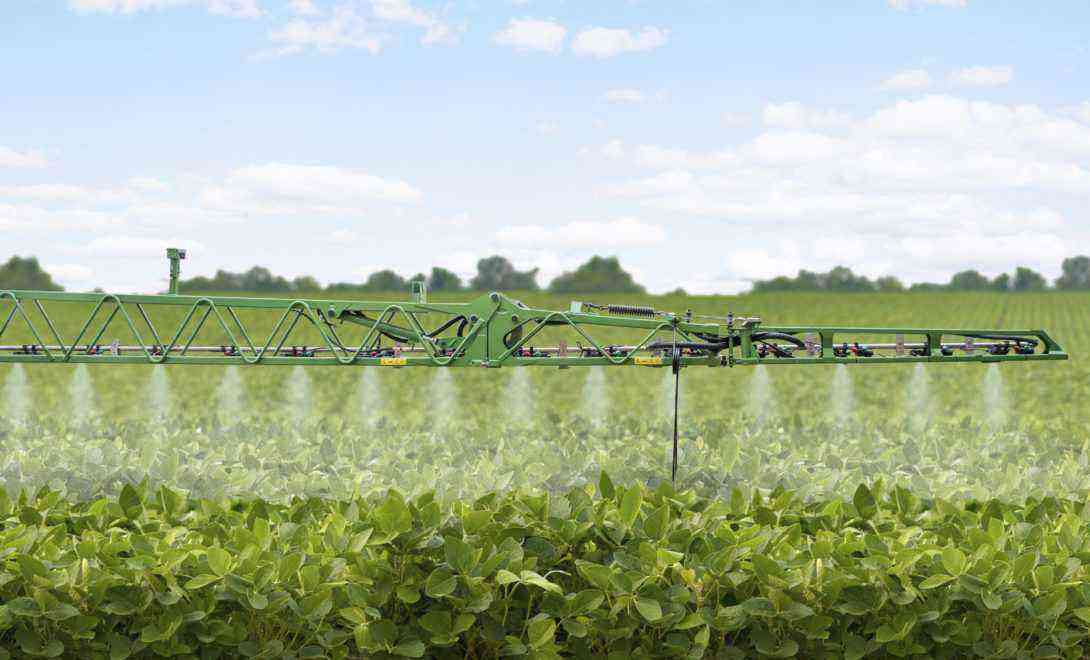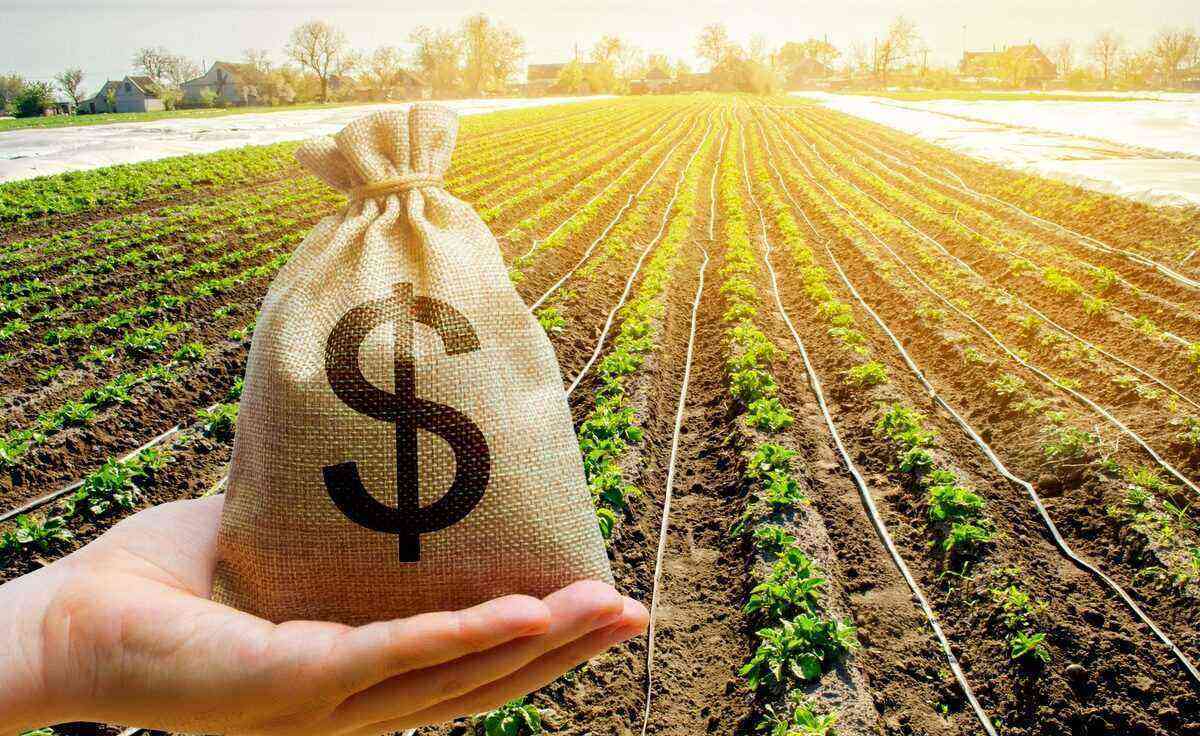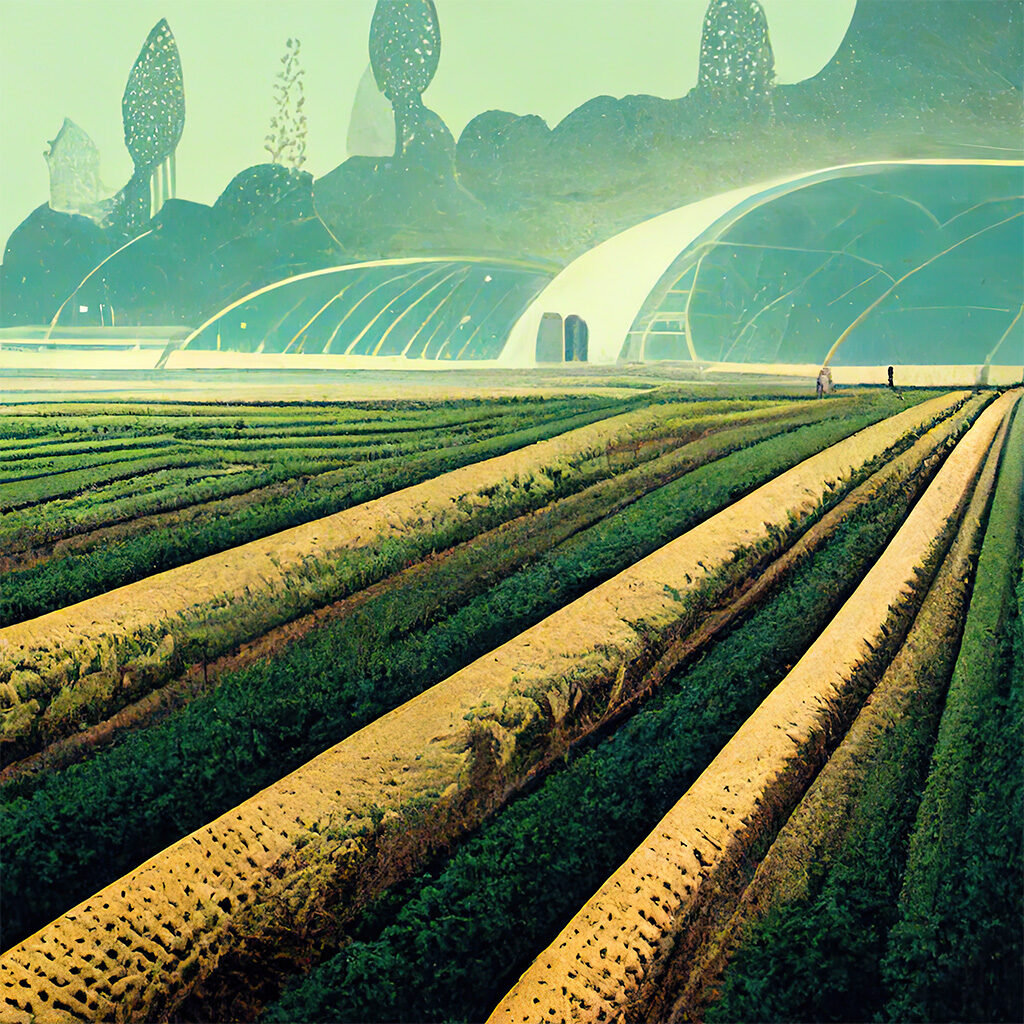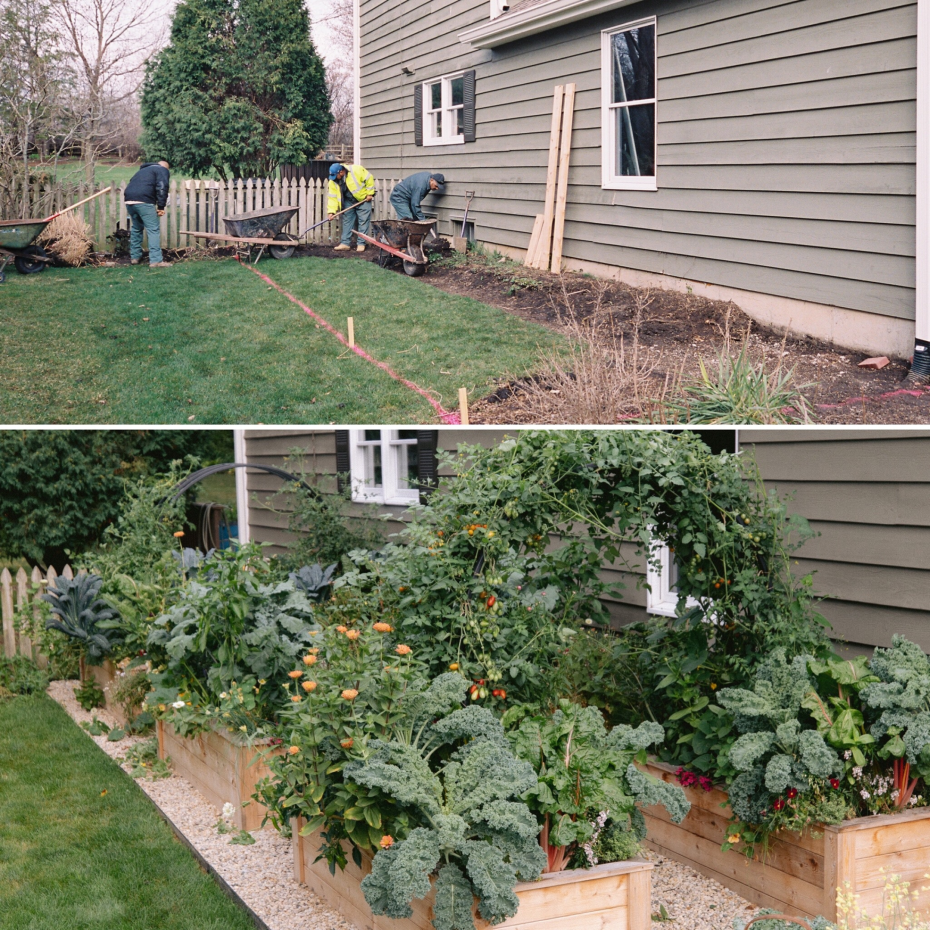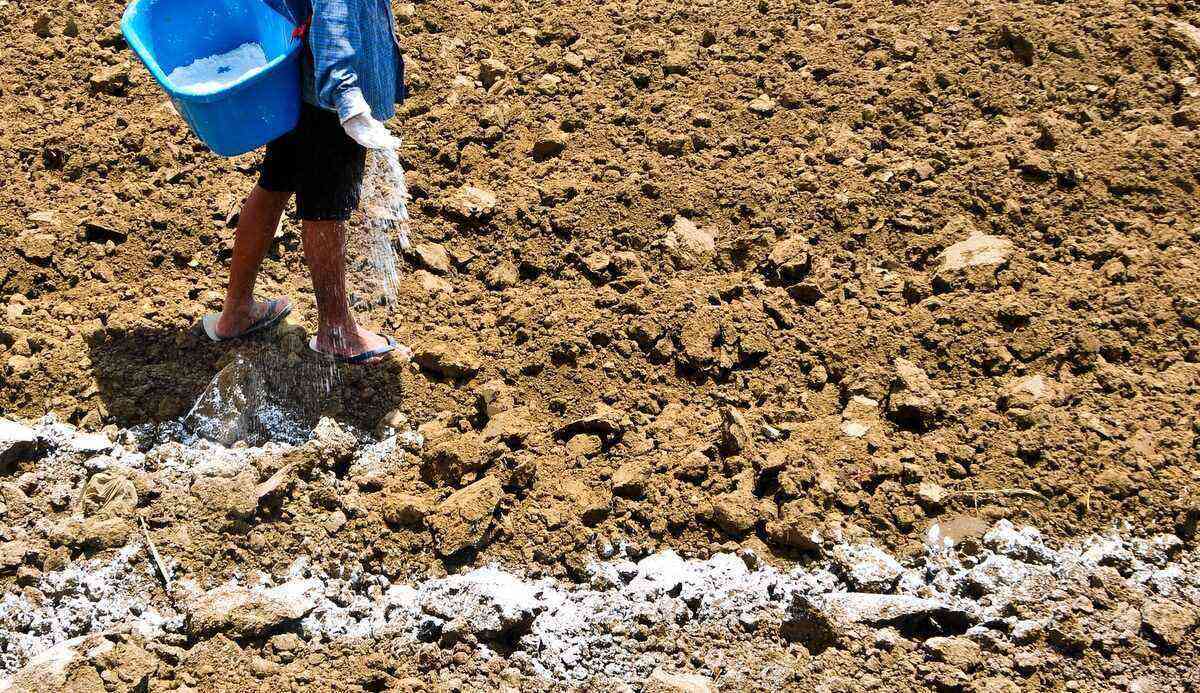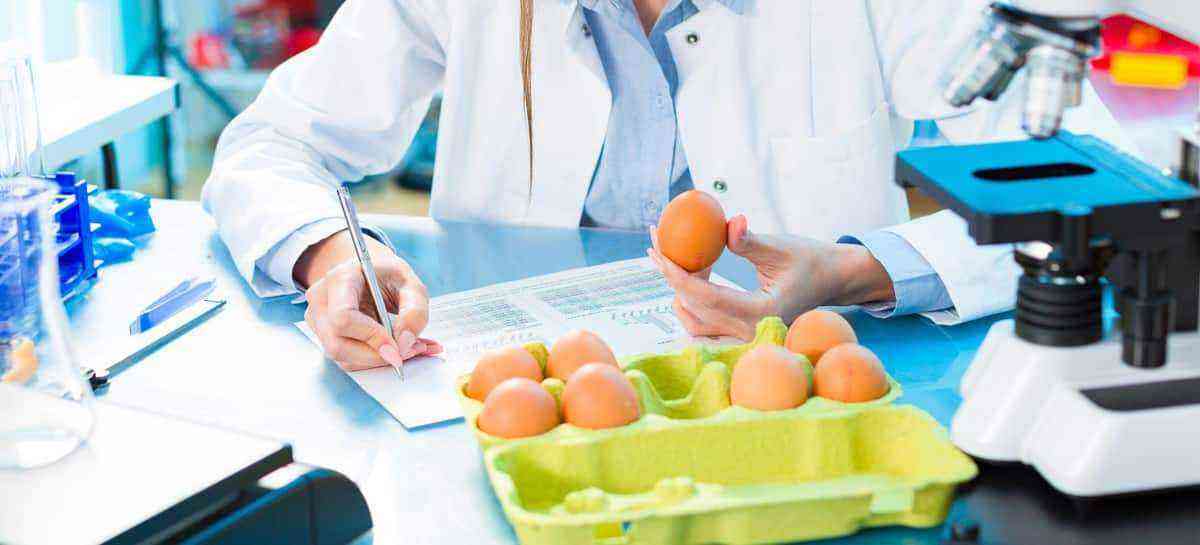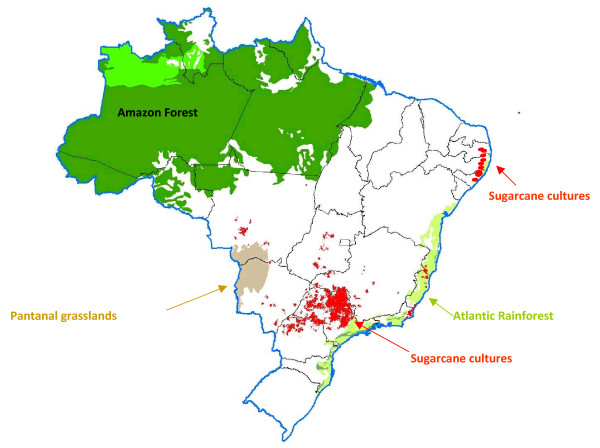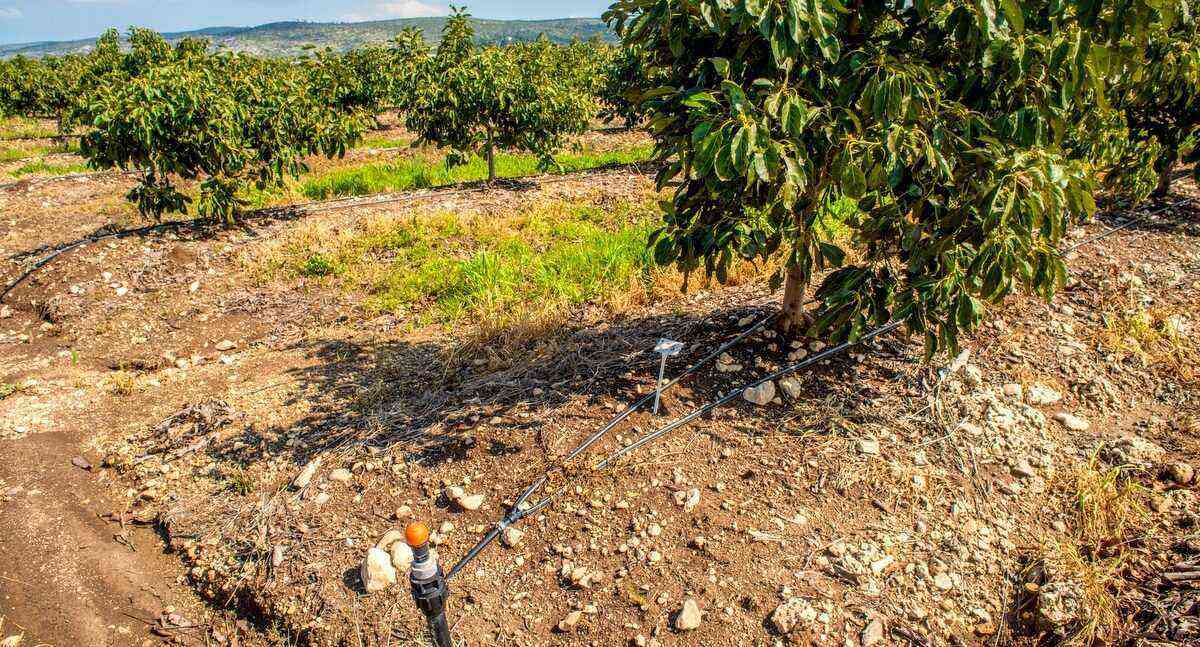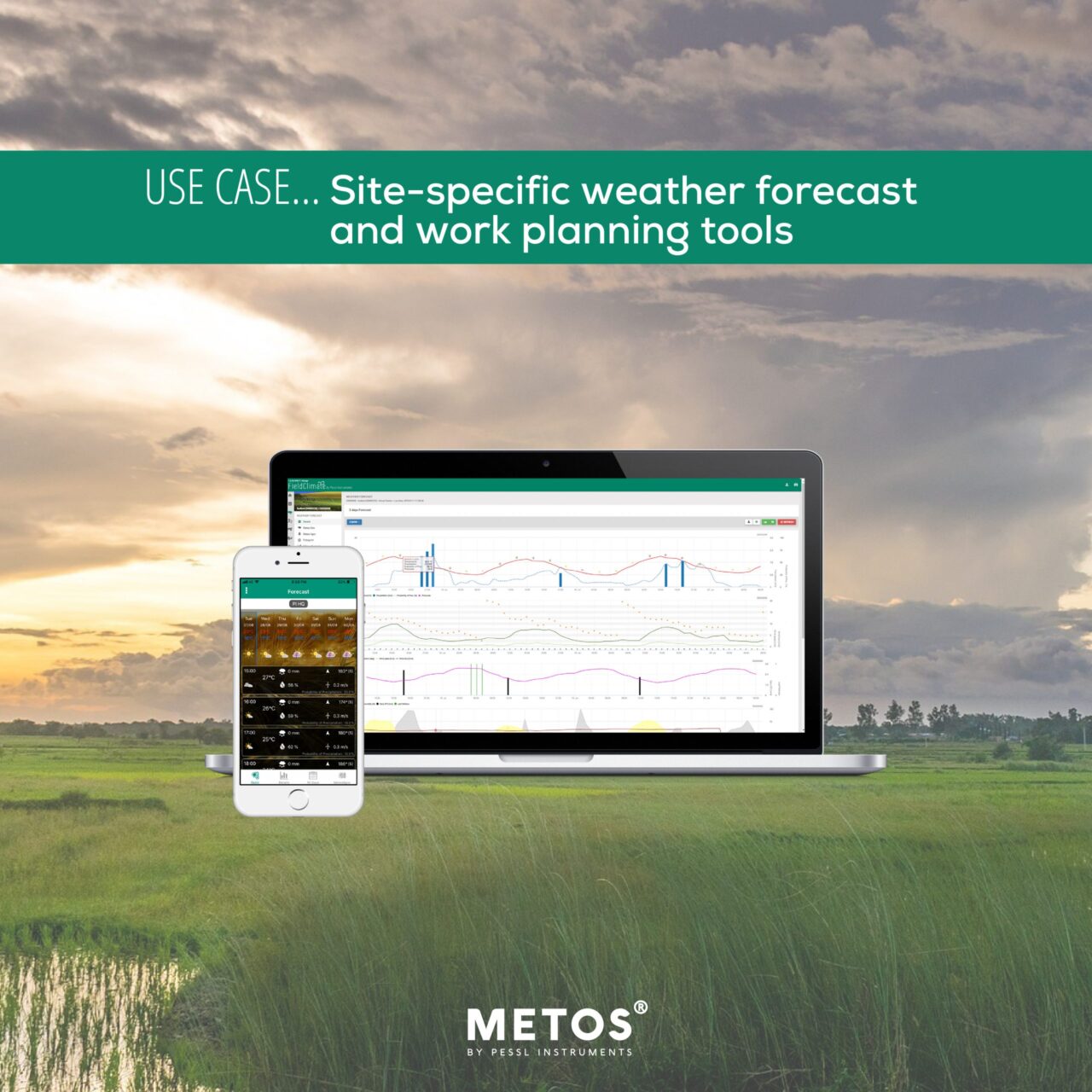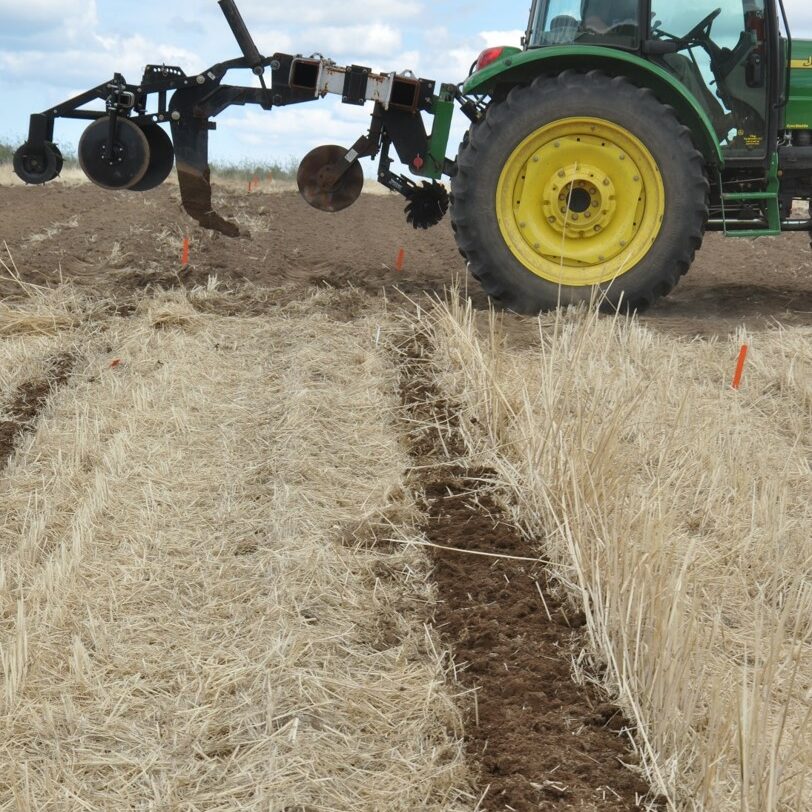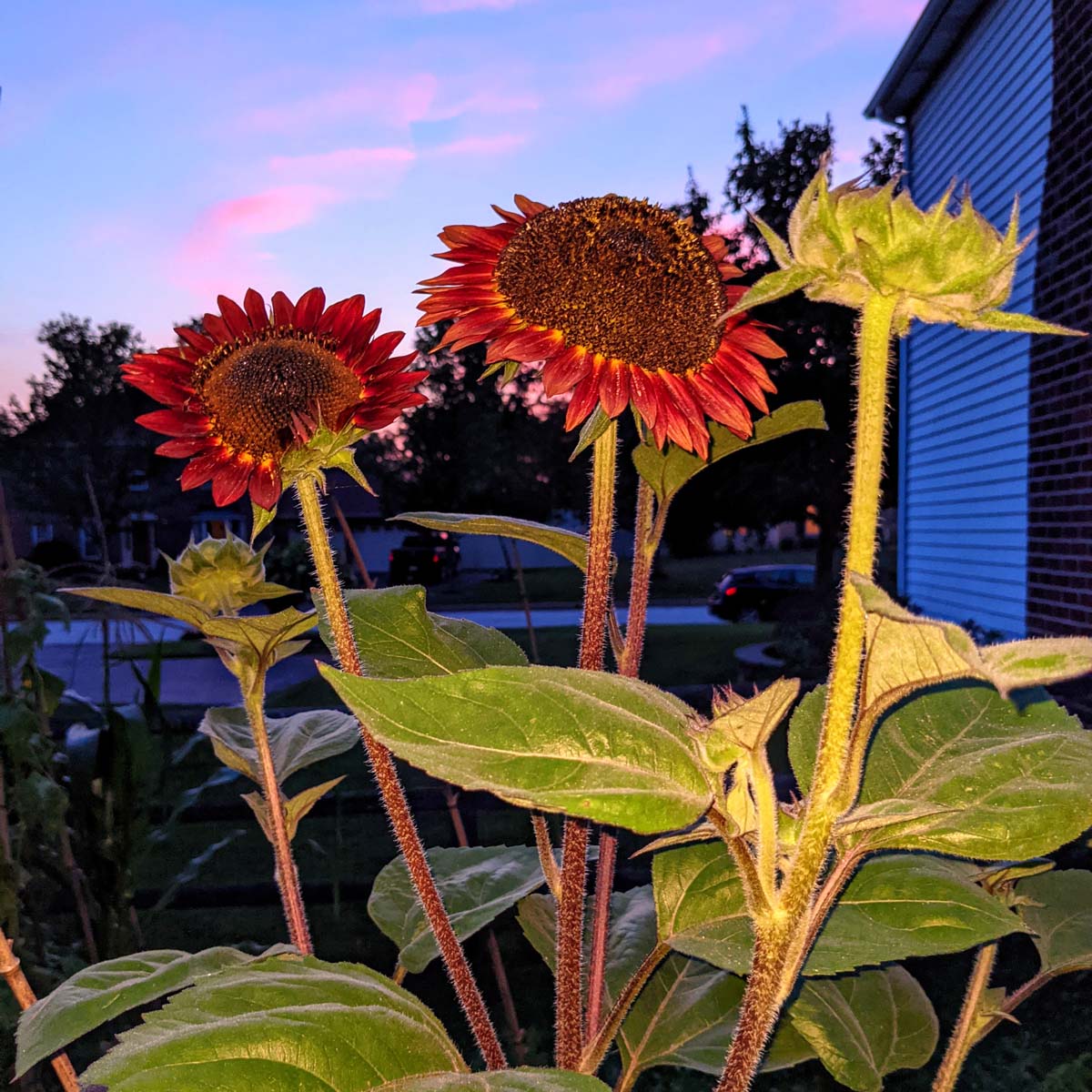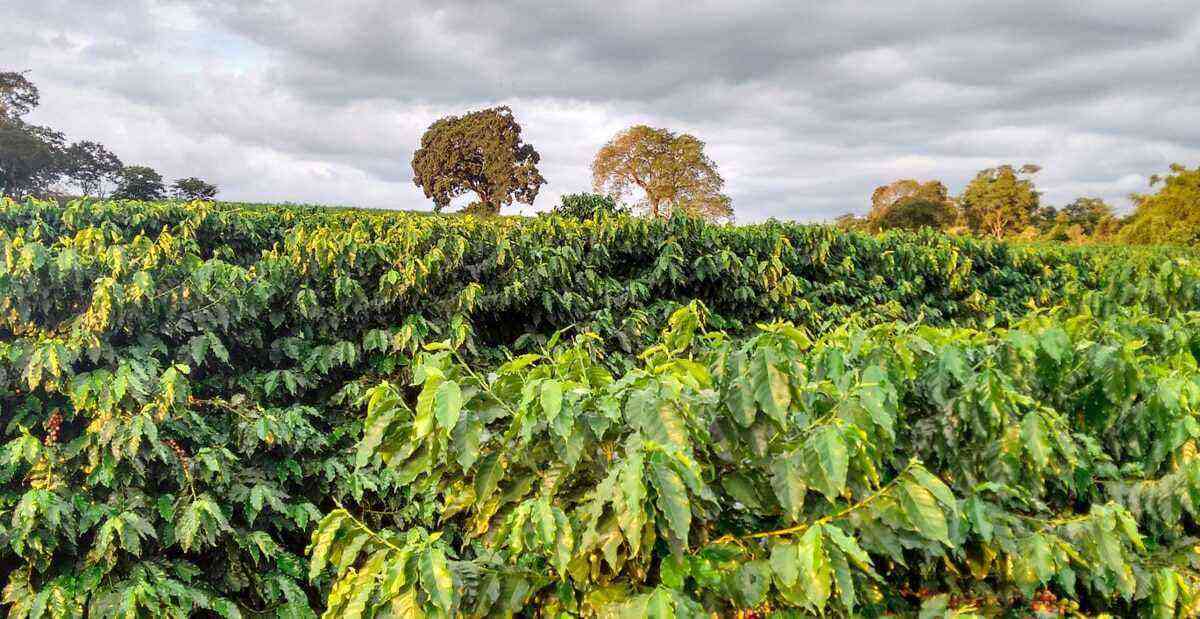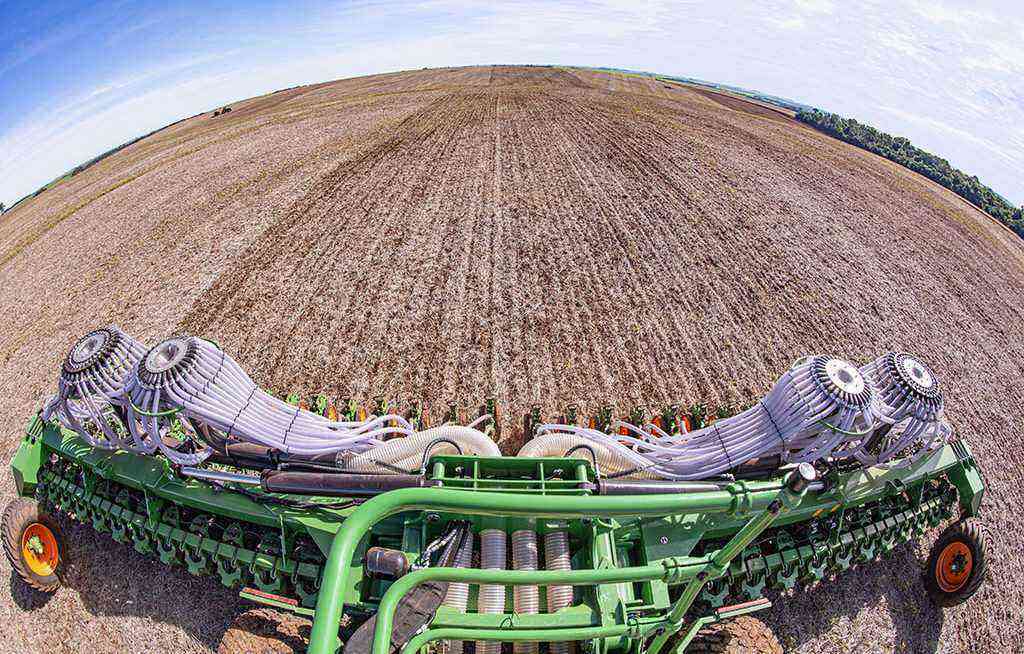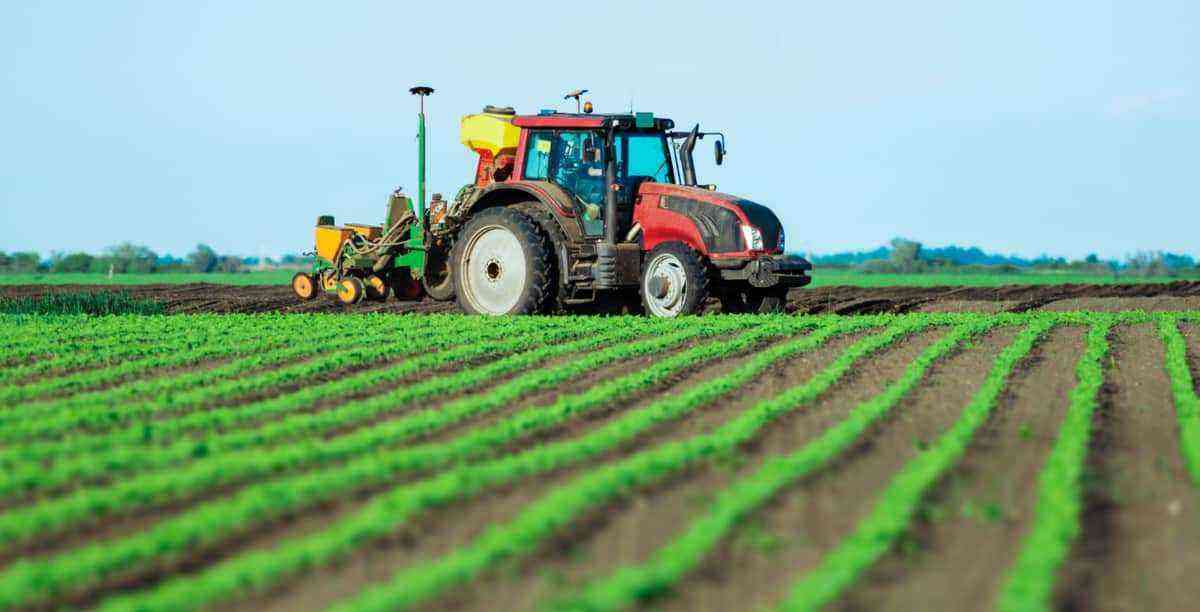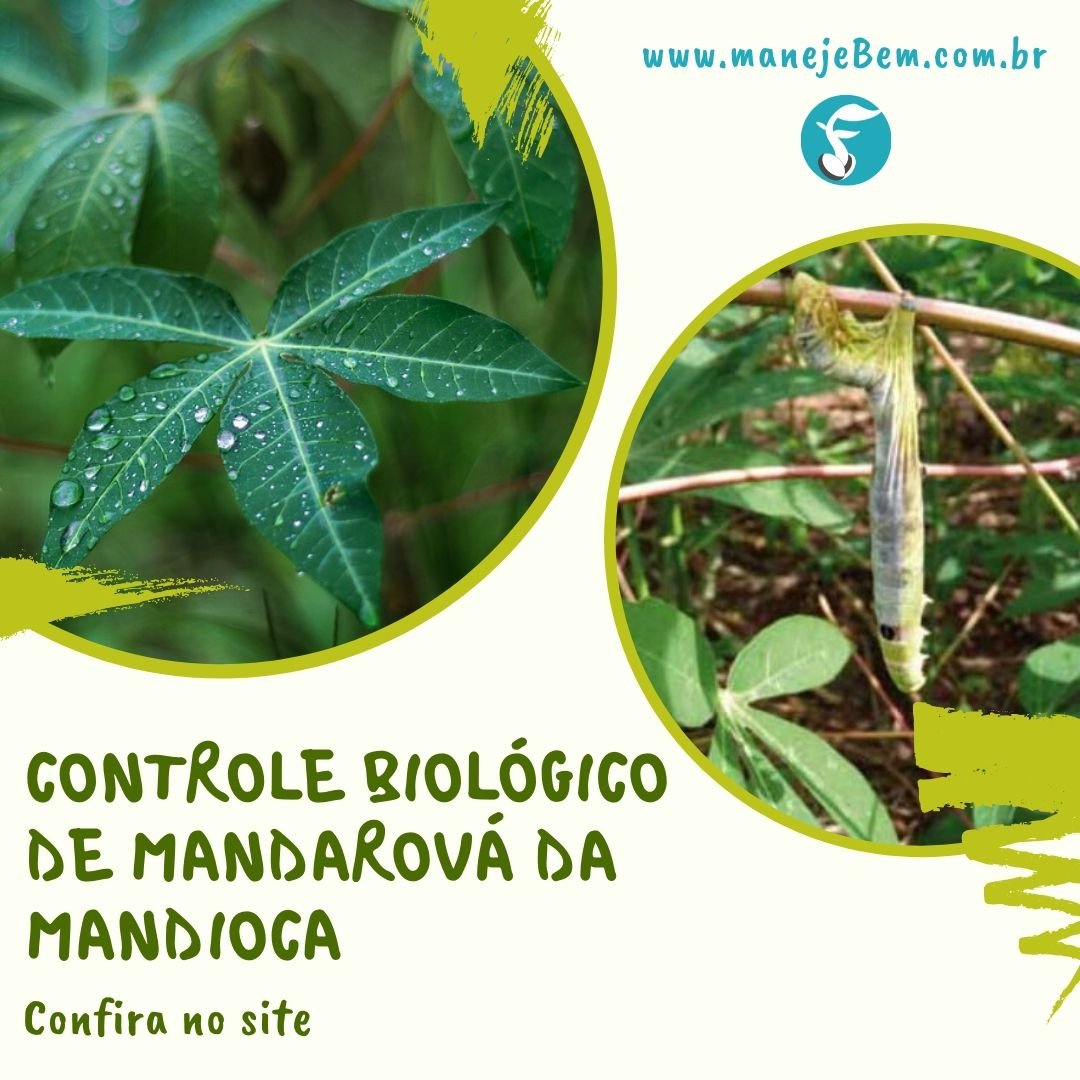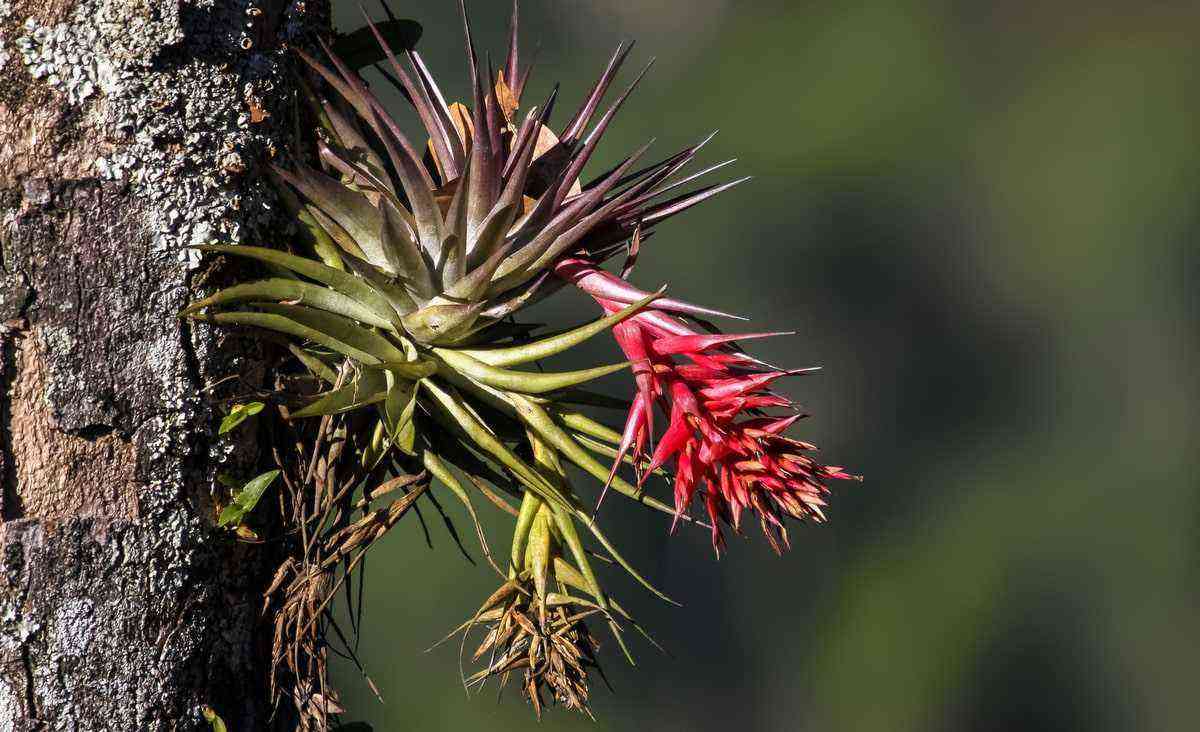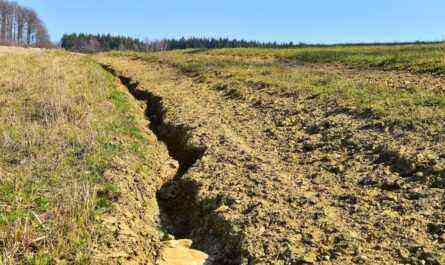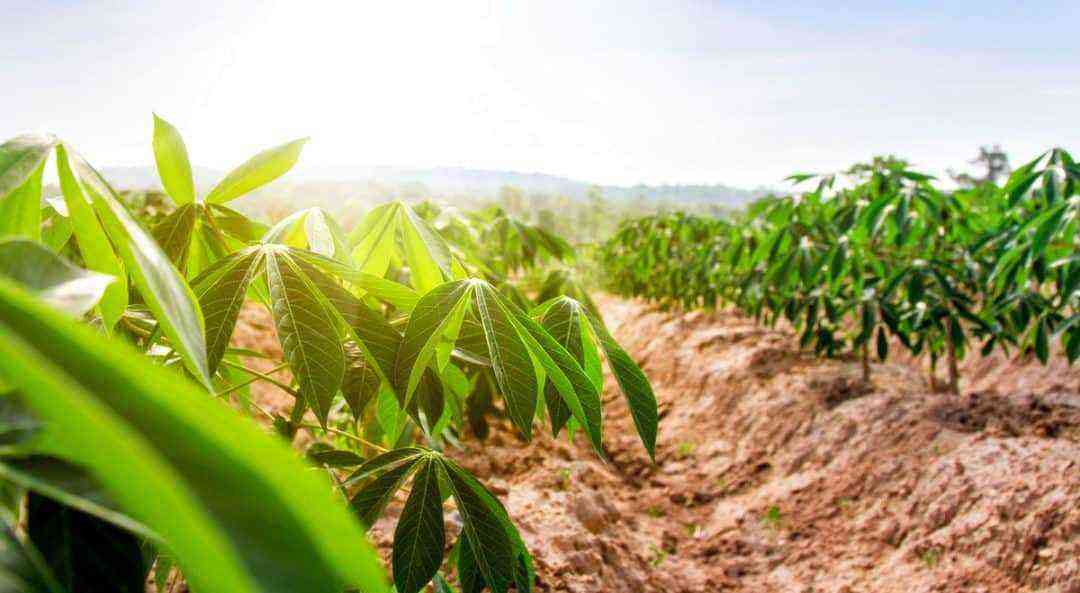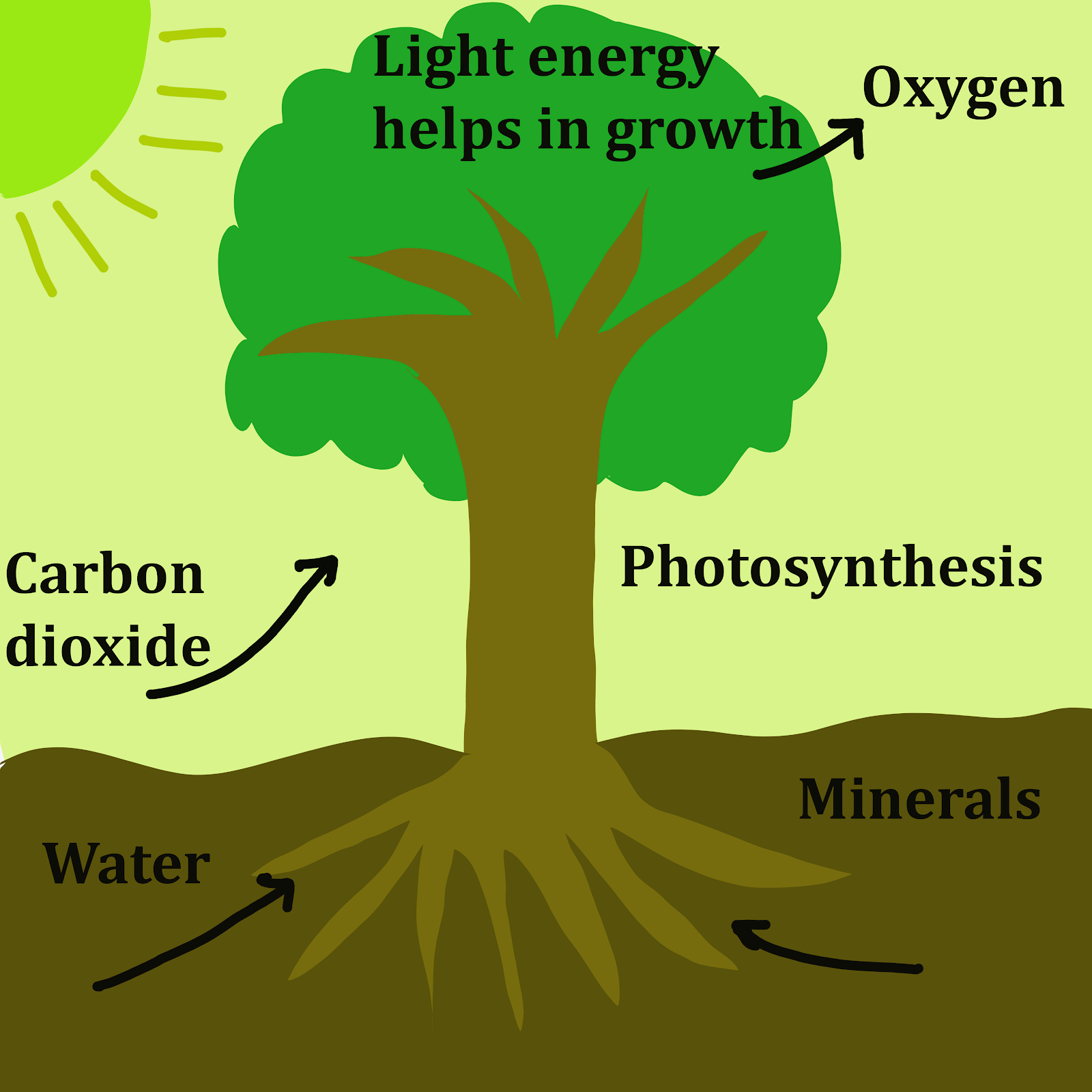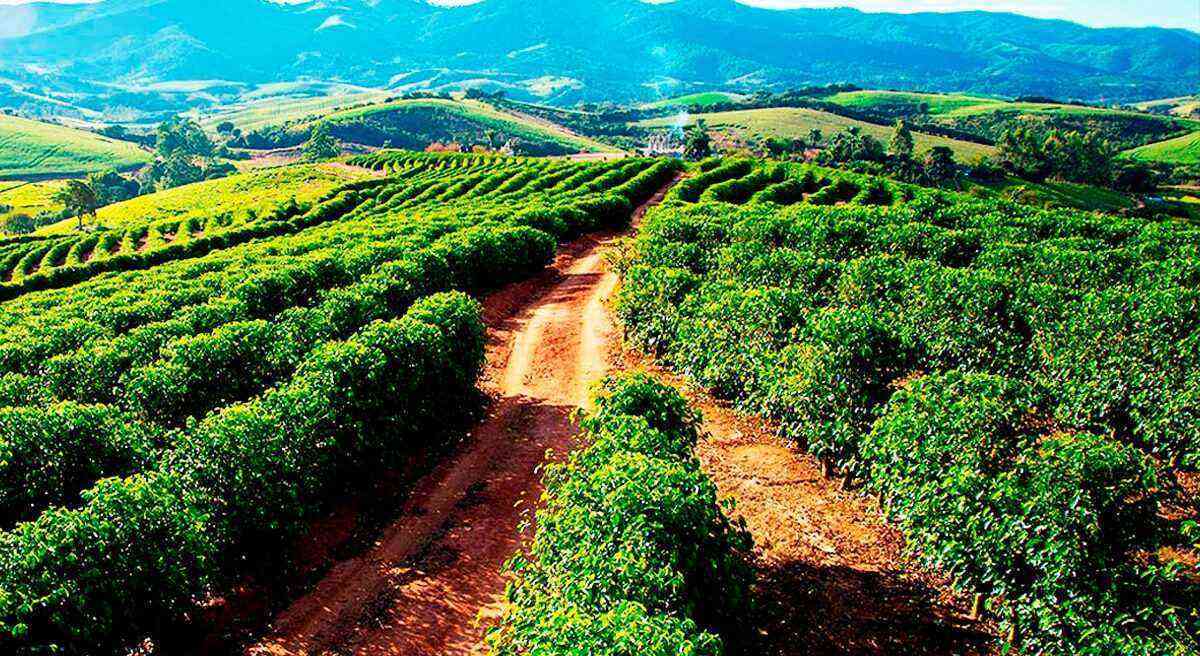The correct use of sowing equipment is an important task to ensure good agricultural production and avoid wastage of seeds placed in the soil.
Therefore, it should be treated very responsibly by farmers.
In this article, we will present important tips related to the use of these equipments. Good reading!
How do sowing equipment work?
The seeder was invented in 1701 by the English farmer Jethro Tull, considered one of the “fathers” of scientific agriculture.
In fact, thanks to this invention, those who grow soybeans, corn and other crops, which are planted through seeds, this sowing equipment became fundamental.
After preparing the soil, the seeder will allow the seeds to settle in the best way for uniform germination.
However, for everything to go as planned, it is necessary that the seeders are always up to date and regulated throughout the planting period.
Also check out our article on 6 steps to make the right choice of agricultural machinery.
avoid failures
Do you know why failures in the use of sowing equipment can bring a lot of damage to you?

The farmer must be attentive during the sowing process. Equipment failures can cause damage.
Because once the sowing process is done, if it is not carried out correctly and errors occur, it will no longer be possible to correct it in the same crop cycle.
There are many factors that can affect the operation of a seeder. be related to the seed, the soil, the machine, the weather and the operator.
Next, we will list some general aspects that must be considered for the correct use of seeding equipment.
Equipment maintenance
Every off-season, the producer must check the sowing equipment. Certainly this is one of the best ways to avoid losses and unforeseen events and it should be the beginning of everything.
In this process, he must see if there are any defective parts, as they can greatly disrupt his seeding process.
If a defective part is not replaced, your seeder can stop the operation midway, harming the planting process.
The farmer must replace the oils, review gears, check the cleanliness of the fertilizer and seed conductors and change the belts with signs of wear.
So, in addition to the aforementioned processes, there are several other components that should be reviewed. Always pay attention to the manufacturer’s guidelines.
Adjustment of sowing equipment
The adjustment of sowing equipment has a lot to do with the maintenance process.
After checking all the components, now it’s time to adjust them so they can fulfill their role. This means applying the seeds correctly in the soil.

The adjustment in the opening of the furrows, for seed placement, is another important factor during sowing.
During the planting period, the ideal is that the adjustment of the equipment is checked daily, as well as the lubrication.
One of the first items that must be adjusted is the opening the grooves. This depends on the type of seeder.
It is this system that performs the opening in the ground and can be regulated through the pressure on the springs, the stops of these springs. This will depend on your machine.
Also check the seed and fertilizer dispensers, if they are lubricated or clogged. Also calibrate tire pressure and leveling by seeder header.
Always check your seeder manufacturer’s instruction manual. It will be the guide for an error-free adjustment.
Therefore, equipment adjustment is a fundamental task that directly involves the machine and operator when preparing the soil for planting. Check out how this should be done in the video below:
Source: Seeds Management.
Fertilizers
One of the important parts of tuning a seeder is knowing the proper form of fertilizer dosages and also the seed distribution rate.
Fertilizer application must follow soil analysis and the amount of product distributed per area. So, normally, a rule of kilograms per hectare.
There is a certain type of soil that requires greater amounts of fertilizers, requiring a greater number of supplies during the process. That’s why this analysis is so important and interferes with the regulation.
Seeds
As for the seeds, it is necessary to take into account their characteristics, as each one has its specificities. However, general aspects can already be taken into account, such as the depth where they will be placed.
If inserted less than 2 cm into the soil, it may be difficult for the seeds to germinate, for example. This depth is controlled by the equipment’s depth limiting wheels. In the case of multiple machines, it allows adjustment in different plantations.
The amount of seeds must be considered based on soil fertility, moisture, among other factors. In addition, it is necessary to pay attention to their uniformity, so that they can be better recognized by the metering mechanisms.
Still on the seeds, the pre-treatment of them can change the way the seeding process will happen. If they are treated with insecticides, for example, their surface is altered.
Thus, it is very necessary to test disks and rings, components that move distribution systems.
Check it out at video below, how the sowing of a soybean crop should be done:
Source: Embrapa.
Speed and depth of sowing equipment
The speed of equipment in the distribution of seeds in the soil directly interferes with the yield and quality of a sowing operation.
For example, if there is an increase in the speed of the equipment, consequently there is a decrease in the spaces between the seeds, which may increase the number of failures in the process.
We can say, then, that the ideal speed is the one that opens and closes the furrow with minimal removal of the soil. This can be verified according to the manufacturer’s recommendation. Generally, the ideal is that she do not exceed 8 km/h.
As stated earlier, if placed at inadequate depths in the soil, the seeds may not germinate in the best way or even not germinate at all.
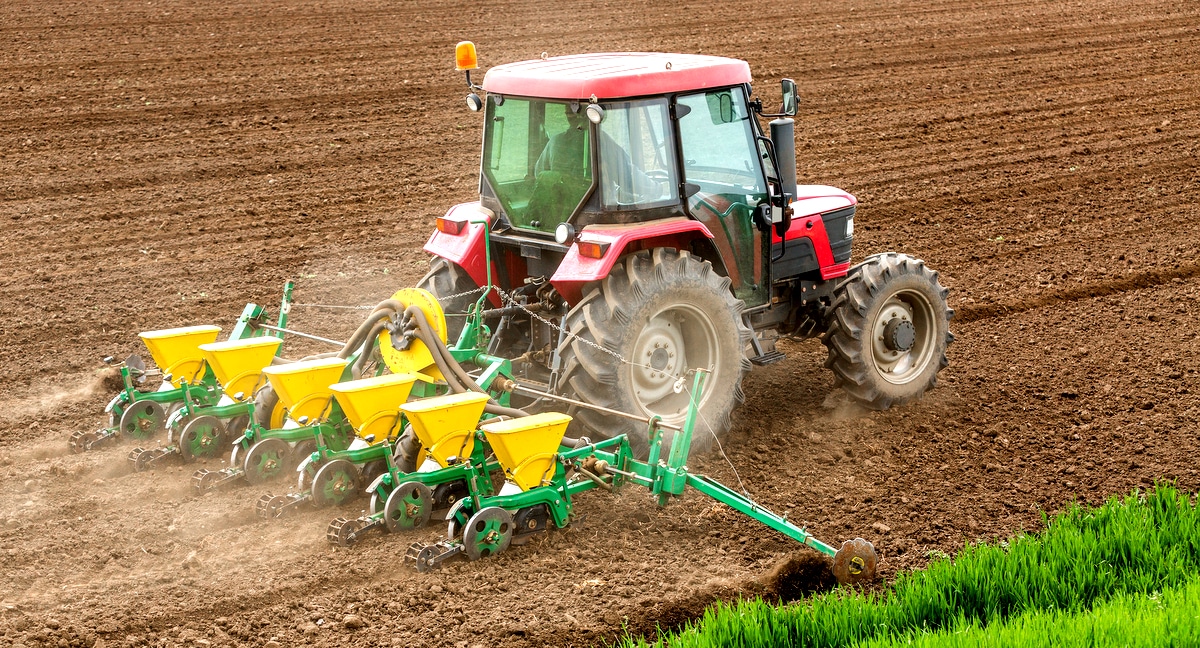
The operator must pay attention to the speed of the sowing equipment for successful planting.
This is because there will be poor seed coverage and inadequate contact with the soil. The opposite can also happen: seeds that are placed too deep.
O machine operator is another determining factor for sowing to take place as planned. It is he who will keep the seeding equipment at its proper operating speed, to maintain adequate space between the seeding lines in the ground.
Therefore, in addition to having good machines, it is always good to invest in trained professionals.
Get to work!
Have you already done all the review and adjustment of the equipment, checked the seeds and fertilizer, waited for the rainy season and prepared the soil well? Then you are ready to start the sowing process.
As we have seen during the text, the correct use of sowing equipment depends on several factors. In addition, each seeder will have a different way of being adjusted and handled.
In this way, we always reinforce that the manufacturer’s instruction manuals must be followed.
To conclude our article, get to know now how the contour seeding, one of the most efficient techniques for soil erosion control:
Source: Embrapa.
